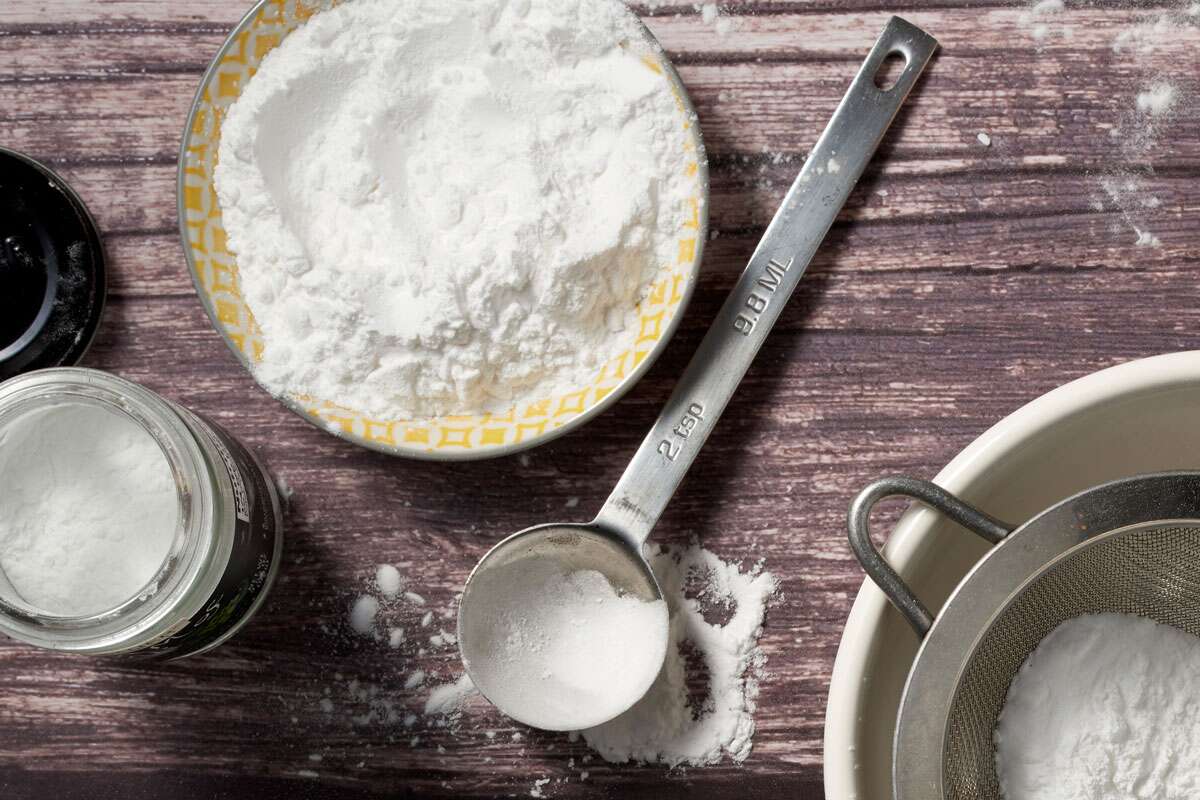Not all baking powder is created equal! Thymly Products helps different bakeries with their baking powder recipes to alter or improve their end product. In this content series about baking powder, we will dig deep into everything about it and why it is so important in the baking process, and why customers constantly turn to our company for assistance.
Who invented Baking Powder?
One of the earliest versions of baking powder was created by English chemist Alfred Bird in 1843. His mixture of baking soda and cream of tartar was sold as “Bird’s BP” and was initially used as a remedy for stomach issues, rather than as a leavening agent.
In 1856, another Englishman, Eben Horsford, developed a more modern version of BP, which used calcium acid phosphate as the acid component. This version was more stable and reliable than previous versions, and it quickly gained popularity in the United States.
In 1866, American chemist and businessman George F. Wilson developed a double-acting baking powder, which contained two acids that reacted at different times. This innovation allowed for more precise control over the leavening process and revolutionized baking, especially for commercial bakeries.
What is Baking Powder?
On a very simple level, BP is a leavening agent that is commonly used in baking. It is a mixture of a base, an acid, and a filler. The base is usually baking soda (sodium bicarbonate), the acid is usually cream of tartar (potassium bitartrate), and the filler is usually cornstarch. When it’s added to a recipe, the base and acid react with each other in the presence of moisture and heat, producing carbon dioxide gas bubbles that help the batter or dough to rise.
There are two types: single-acting and double-acting. Single-acting baking powder only reacts once, when it comes into contact with a liquid. Double-acting baking powder reacts twice: once when it is mixed with liquid, and again when it is exposed to heat in the oven.
Why is Leavening Important?
Leavening is important in baking powder because it helps to create air pockets in the dough or batter, which causes it to rise and become lighter in texture. BP is a chemical leavening agent that contains both an acid and a base. When mixed with a liquid, the acid and base react to produce carbon dioxide gas bubbles, which cause the dough or batter to rise. This process is known as chemical leavening.
The amount of leavening in a recipe can significantly affect the texture and volume of the finished product. Too little leavening can result in a dense and heavy texture, while too much can cause the dough or batter to rise too quickly and then collapse, resulting in a sunken or gummy texture.
Therefore, the proper amount of leavening is crucial for achieving the desired texture and volume in baked goods.


